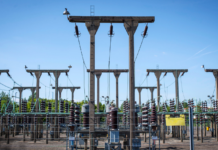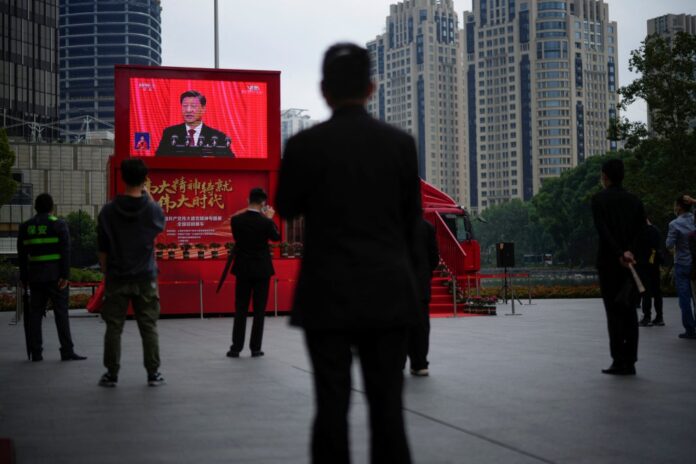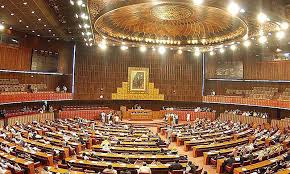China has advanced the implementation of its stimulus plans for this year but is holding back from introducing new measures as it navigates a prolonged trade conflict with the United States.
The Politburo, the Communist Party’s elite decision-making body, pledged on Friday to support businesses and workers most affected by the imposition of triple-digit U.S. tariffs on Chinese goods but refrained from announcing additional deficit spending.
The absence of fresh stimulus measures disappointed investors, leading to a 3% decline in Chinese real estate stocks on Monday despite official efforts to reassure markets amid concerns over slowing growth. Beijing is already operating with an elevated level of stimulus and plans to maintain this stance over the coming months to cushion the impact of reduced trade with the U.S.
Official data shows that in the first quarter, government spending rose by 4.2% compared to the previous year, while revenue dropped by 1.1%, resulting in a fiscal deficit of 1.26 trillion yuan ($173 billion), the largest first-quarter deficit on record. Local governments also accelerated bond issuance, with nearly 1 trillion yuan in new special bonds issued during the same period, up nearly 60% year-on-year.
The People’s Bank of China has increased lending to state-backed investors to stabilize the stock market.
China’s total social financing, a broad measure of credit and liquidity in the economy, rose by 8.4% year-on-year in March, reaching a 10-month high. New loans to non-bank institutions hit 284.4 billion yuan in February, the second-highest monthly figure since July 2015. Although non-bank loans declined in March, stronger figures are anticipated for April.
Chinese policymakers have indicated that additional measures are available if necessary, but have stressed the importance of maintaining flexibility and waiting to see the full impact of the tariffs. The Politburo also signaled the possibility of further interest rate cuts and liquidity injections, including reducing banks’ reserve requirements, although the central bank is adopting a cautious approach for now given the uncertain external environment.
Meanwhile, the U.S. has recently suggested a more conciliatory stance, acknowledging the unsustainable nature of the tariffs and expressing openness to easing trade tensions. However, Beijing has publicly denied that negotiations are underway and continues to call for the removal of tariffs.
Internally, Chinese officials recognize the risks to economic growth. Estimates suggest that substantial additional stimulus may be required to prevent growth from falling below target levels. While authorities are striving to project calm and readiness, the risk remains that a sharper-than-expected economic slowdown could necessitate stronger policy responses later in the year.























